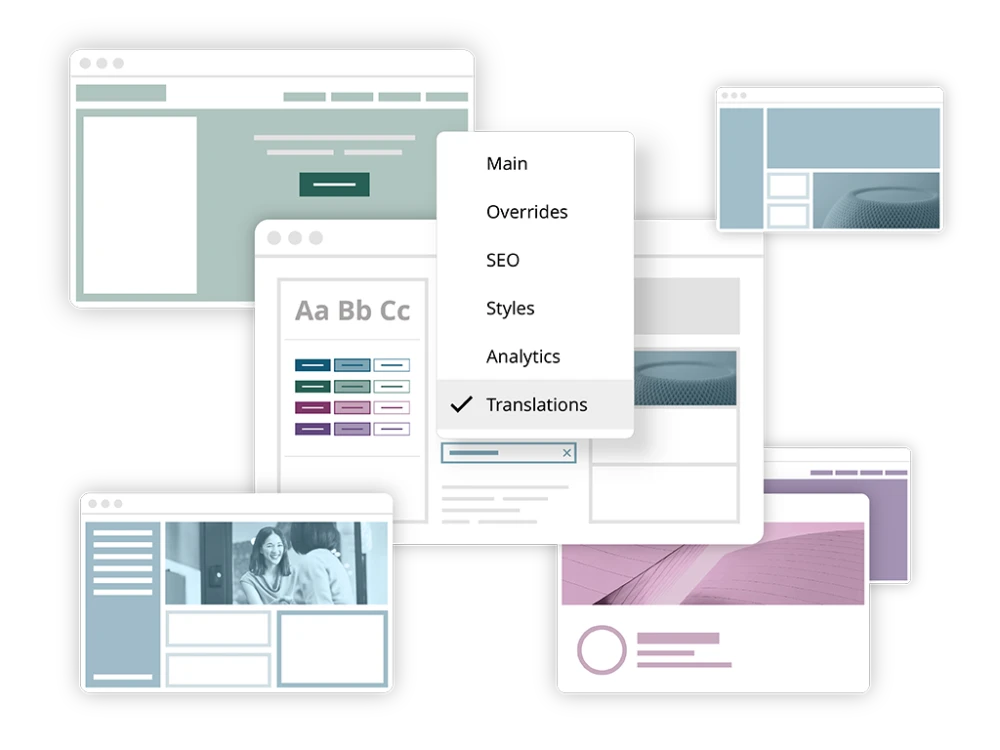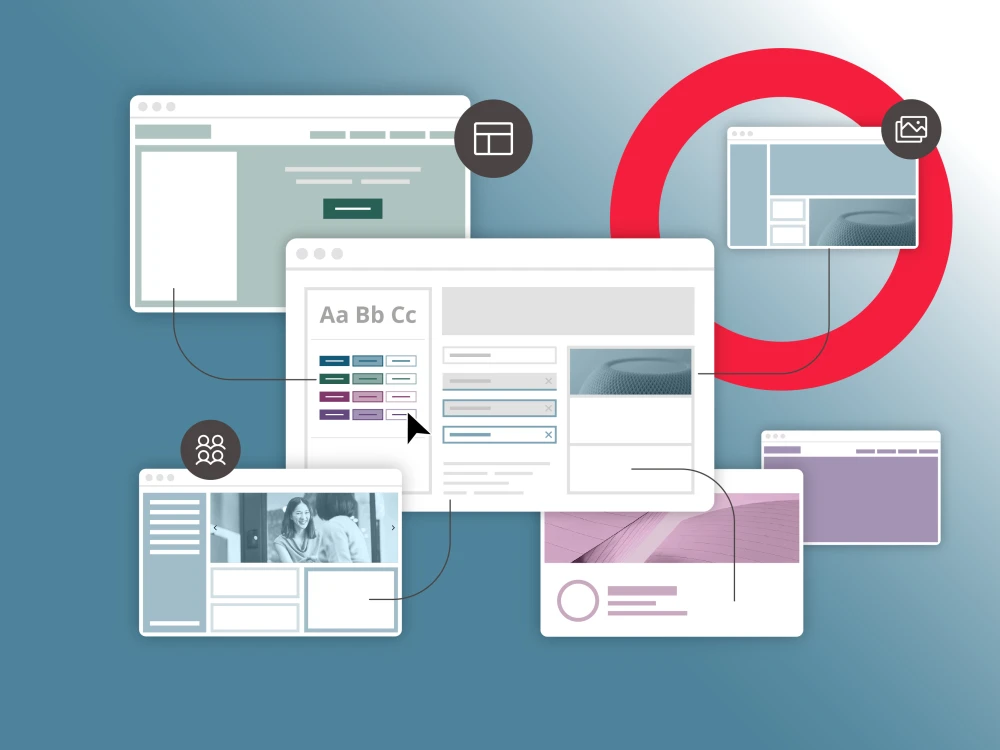You may know Ad Council from one of their many innovative, social-good campaigns like Smokey Bear, Love Has No Labels, and Texting and Driving. They bring together creative minds, advertising, and media technology to address some of the nation’s most important issues, and one of the key tactics they utilize in these campaigns is the use of microsites. We recently had a chat with Christine Medina, Ad Council’s VP of Digital Product, about how they leverage microsites to build awareness and drive action in the various campaigns they run. She featured five of their microsites that are powered by Brightspot, and we’re going to take a look at what makes them so effective.
Microsites are powerful tools that allow marketers to launch a new product or promotion, reach a new audience, or raise awareness in a specific, targeted way that traditional marketing with a full website cannot. These small sites, with their unique branding and their own navigation, are distinct from a company’s main website, allowing organizations to promote similar content to deliver uniquely relatable messages that add real value to visitors.
Microsites allow you to experiment, be creative, and engage targeted audiences in a way you may not have been able to otherwise. You’re able to hyper-focus the site on one specific business goal, making the microsite a strong marketing tactic to build credibility within your industry, increase customer engagement, or generate new leads. Regardless of the goal you’re trying to accomplish with your microsite, there are certain characteristics we discussed with Christine from Ad Council that can contribute to a brilliantly-executed and effective site:
Microsite success tip #1. Present quality and useful information
Once you’ve decided to build a microsite for your campaign and established its goal, create the site content with information that is concise, relevant to the goal, and — most importantly — accurate. Visitors should be able to clearly understand why they’re on the site and leave with exactly the message you are trying to get across. Quality information is key because it builds trust with visitors and drives them to share your content, which will further the reach of your campaign.
Ad Council’s Feel Different, Drive Different campaign is a wonderful example of how quality information is the backbone of success. The goal of this campaign is to change the perception of driving while high by demonstrating that driving high isn’t worth the risk. This campaign is clearly not about judgement; it is there to present the information, showcase the research, and show what laws are out there while getting across the point that “driving impaired is illegal everywhere.”
Microsite success tip #2. Use a simple design and clear call-to-action
The purpose of a microsite is to drive a specific action from a visitor, whether it’s to join a waitlist, sign up for an event, or simply read more. In order to accomplish this, your site needs simple design that draws attention to a clear and prominent call to action.
On this microsite from campaign, they make use of a black and white design with a simple navigation bar and a site banner with a clear CTA. This campaign exists to encourage everyone to bring inclusivity into their community, school, home, etc. The simple design allows visitors to immediately understand the different actions they can take on the site to learn more, take action, and get started to help spread the word.
Microsite success tip #3. Communicate a focused message that speaks to the target audience
You wouldn’t (or shouldn’t) be using a microsite if you don’t have a focused message or topic you are trying to communicate to your audience. In the process of defining the target audience for your campaign, build personas to understand different people included in your audience — the language they use, any common pain points related to the topic, and their online behavior. This exercise will help you craft the perfect message that deeply resonates with site visitors.
In Ad Council’s Finish Your Diploma campaign, you can see that time and care went into understanding who their audience is, and what exactly they might be looking for if they land on this microsite. Overall, the campaign encourages those without a high school diploma to take the first steps towards a better future. They have created both an English and Spanish version of the site to ensure that its message is accessible to different demographics that the campaign could be targeted towards. This microsite is a good example of how you can use research to speak to your audience with a focused message.
Microsite success tip #4. Deliver an engaging and creative user experience
User interaction is one area where you can get creative with your microsite. Depending on your site’s goal, if you can encourage visitors to click around, engage, and spend more time on your site, then the microsite is accomplishing what you set out to do.
In Ad Council’s Discover the Forest campaign, the main goal is to get kids and families back outside and in touch with nature. Not only does the site feature a simple design and a focused message, they’ve also introduced an interactive element to their call to action — they offer a map functionality to allow parents to search for activities and parks near them using their ZIP code, address, or city. This key functionality provides a useful tool that may bring visitors back to the site time and time again.
Microsite success tip #5. Include social sharing functionality
The success of a microsite can be expanded when visitors are encouraged to share the site content with their friends and family. Set up social accounts — Twitter, Instagram, YouTube, Spotify, or even a hashtag — for your campaign that you feature prominently on your microsite. Including a social media element will only serve to expand your reach and bring awareness to your site. Social media links and mentions can also help strengthen your SEO and domain authority.
She Can Stem includes links to their social media directly on the navigation bar, almost replacing a formal CTA. They are highlighting stories of how different women got into STEM, and how they have succeeded. Below the fold, they’ve also incorporated a Spotify playlist. Incorporating social media on this microsite helps them reach their overall goal of connecting girls interested in STEM with other women’s stories and providing them with resources that may help them get there.
As you can see, there are so many possibilities when it comes to designing and building your microsite. Incorporating any of these 5 characteristics will help your new microsite drive real results — they worked for Ad Council, after all. If you want to learn more about Ad Council’s campaign microsite process and how they use Brightspot to build creative and effective sites, fill out the form below to watch the webinar.

















